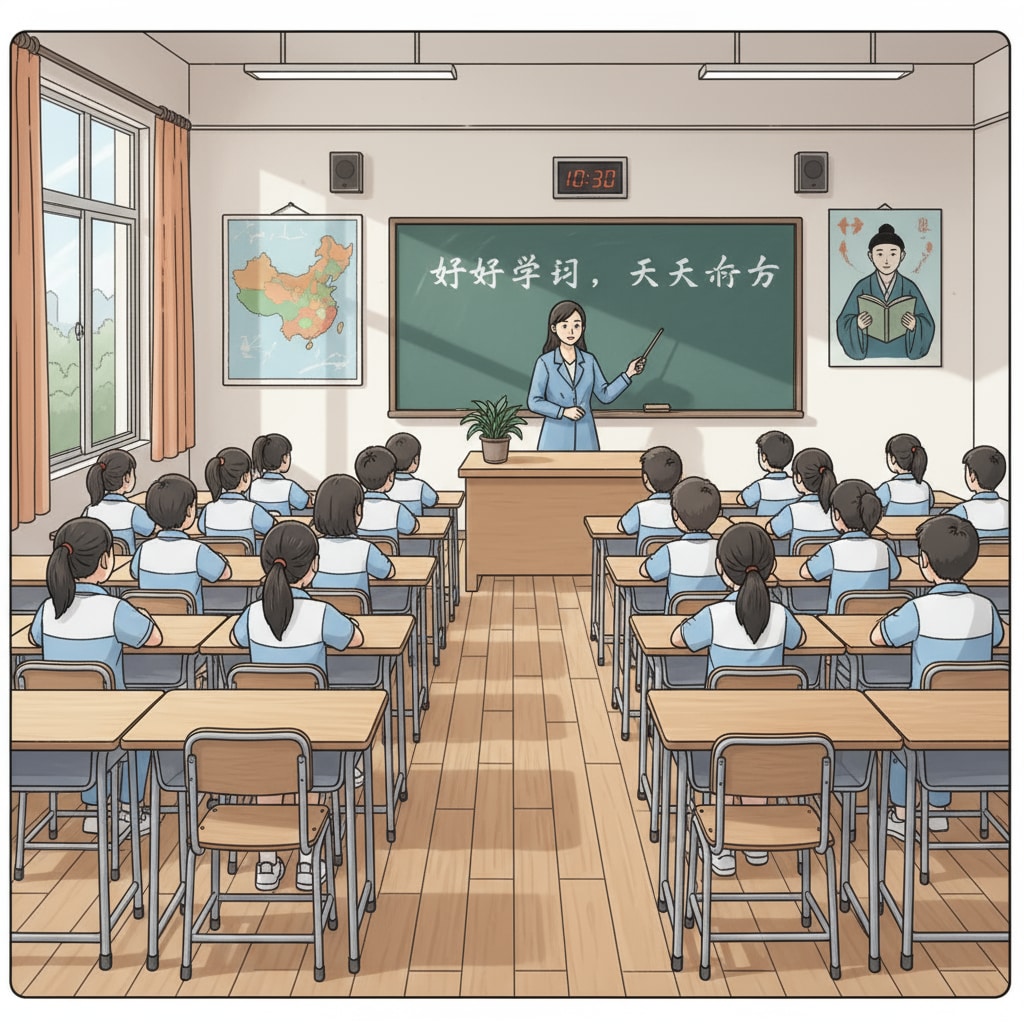The education systems of the United States and China, two global powerhouses, have long been subjects of interest and comparison. When it comes to K12 education, the US and Chinese systems each have their own distinct characteristics. In this article, we will take a deep look at the differences and features of US and Chinese K12 education systems.

The US K12 Education: Nurturing Innovation and Individuality
The US K12 education system places a strong emphasis on cultivating students’ innovative thinking and individual development. In American classrooms, students are often encouraged to express their unique ideas and perspectives. For example, group projects and discussions are common teaching methods. According to Wikipedia’s Education in the United States page, the curriculum is relatively flexible, allowing students to explore various subjects based on their interests. This flexibility helps students discover their passions and develop specialized skills. Teachers in the US also play a more facilitative role, guiding students rather than dictating knowledge.

The Chinese K12 Education: Emphasizing Knowledge Accumulation
In contrast, the Chinese K12 education system places great importance on knowledge accumulation and academic achievements. Chinese students are known for their strong foundation in core subjects like mathematics, science, and language arts. The teaching approach often involves rote learning and intensive practice to ensure students master essential knowledge and skills. As stated on Britannica’s Education System of China page, the highly competitive entrance exams, such as the Gaokao, drive students to strive for high scores. This system has produced many students with excellent academic performance, but it also has some critics who worry about the potential limitation of creativity.
Each education system has its own set of advantages and disadvantages. The US system’s focus on innovation and individuality can foster creativity and independence, but it may lead to inconsistent academic standards. On the other hand, the Chinese system’s emphasis on knowledge accumulation can guarantee a solid academic foundation, yet it might suppress some students’ creativity and exploration spirit.
Readability guidance: As we can see, the US and Chinese K12 education systems have their own unique features. By understanding these differences, educators and parents can draw on the strengths of both systems. In the era of globalization, combining the best of both worlds can help build a more balanced and effective education system.


